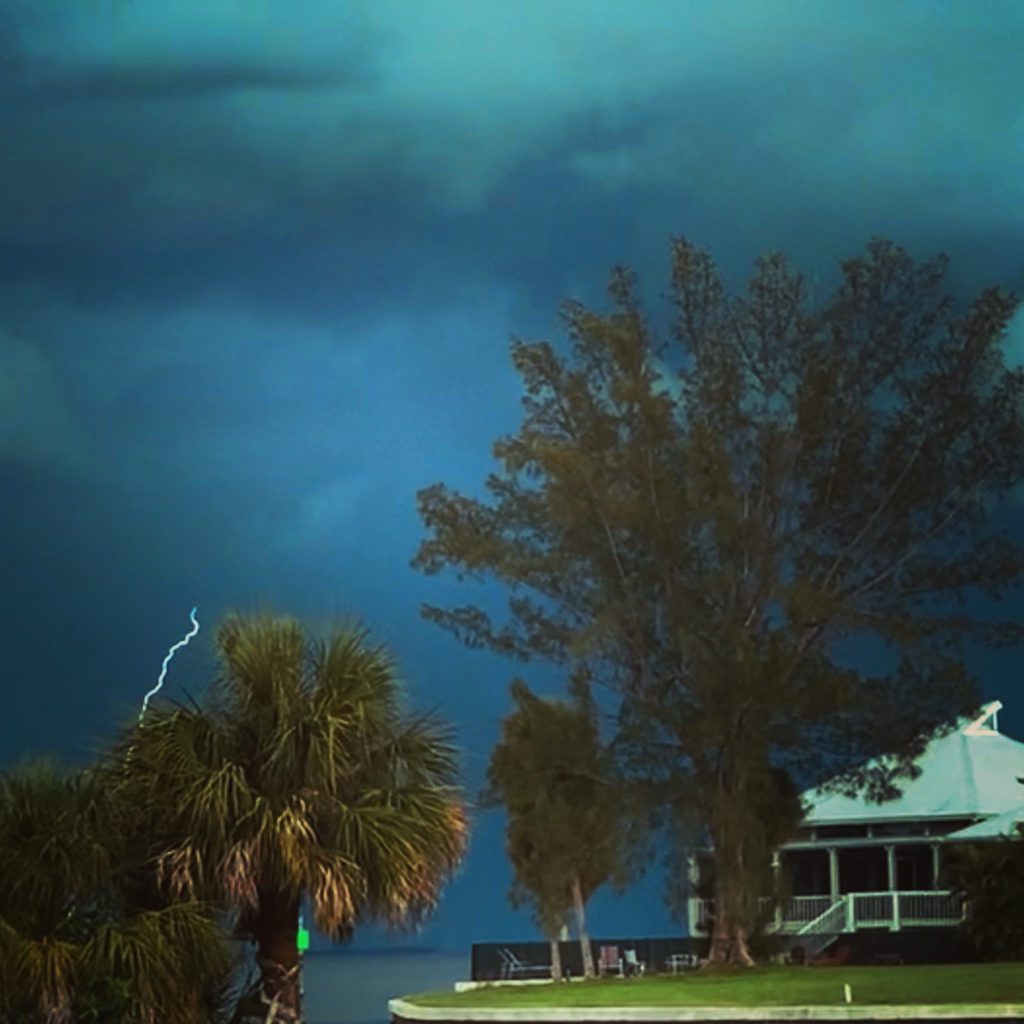Fred was a dud, Grace got lost … what’s next?

While Fred came and went with a whimper, and Tropical Storm Grace turned into Hurricane Grace but decided to visit Mexico, Gasparilla Island has received more rain from afternoon thunderstorms than from any of the named storms.
Grace strengthened to a hurricane Wednesday on its way toward Mexico, where it could make landfall and soak the Yucatan Peninsula with up to a foot of rain. Grace is the second hurricane of the 2021 Atlantic hurricane season.
Meanwhile, the remnants of Post-Tropical Cyclone Fred were still bringing rain across the eastern USA on Wednesday, with Gov. Roy Cooper declaring a state of emergency in North Carolina, and Tropical Storm Henri is expected to become a hurricane today as it spins out in the Atlantic.
Forecasters have said that the next few days will bring dryer weather and less rain, with the exeption of normal afternoon or evening showers, thanks in part to a heavier dose of African dust.
The dust will spread west into the Caribbean and southwest Atlantic along a strong area of high pressure, the same weather feature that pushed Grace south, keeping it away from Florida. This could be the most significant plume of dust of the season for Florida and the southwest Atlantic.
You may notice the dust’s presence by more vibrant sunrises and sunsets when it arrives early next week. The most prolific round of dust looks to arrive late Tuesday into Wednesday. The dust hangs out thousands of feet in the air, but its arrival may also bring poor air quality for extremely sensitive groups and enhanced allergy symptoms.
The dust will also help to keep rain and storm chances on the lower side next week which will also keep temperatures high.

Typically the dust is most prolific in June and July and is one reason the tropics are relatively tame in those months.
Most of the storms that have originated from Africa this season have come off the continent farther south than the current plume of dust, so developing storms from Africa may escape the dry, dusty air initially.
However, if any systems that try and make the trans-Atlantic journey west stay on the weaker side as they approach the U.S., the dust could make it harder for those systems to get stronger.
In other weather news, July 2021 has earned the unenviable distinction as the world’s hottest month ever recorded, according to new global data released today by NOAA’s National Centers for Environmental Information.
“In this case, first place is the worst place to be,” said NOAA Administrator Rick Spinrad, Ph.D. “July is typically the world’s warmest month of the year, but July 2021 outdid itself as the hottest July and month ever recorded. This new record adds to the disturbing and disruptive path that climate change has set for the globe.”








